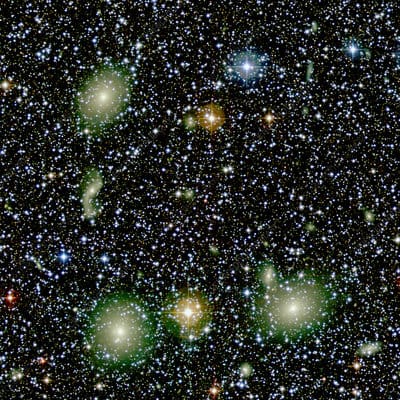Parker Solar Probe Makes Contact with the Sun’s Corona
NASA’s Parker Solar Probe has achieved a monumental feat in space exploration. On April 28, 2021, the probe successfully touched the Sun, penetrating the star’s outermost atmosphere, known as the corona. This groundbreaking event marks a significant advancement in our understanding of the Sun and its complex processes. The mission, launched in 2018, was designed to study the Sun’s corona up close, a region that has remained largely mysterious due to its extreme conditions.
The corona, a region of extremely high temperatures and intense solar activity, is notoriously difficult to study from afar. Earth-based observations are limited by the vast distance and the interference of the Earth’s atmosphere. Previous missions have provided valuable data, but none have ventured as close as the Parker Solar Probe. The probe’s trajectory and advanced instrumentation have allowed scientists to collect detailed data on the Sun’s magnetic fields, solar wind, and particle acceleration processes.
The probe’s journey to the Sun’s corona was a carefully planned and executed maneuver. Utilizing a series of gravity assists from Venus, the probe gradually reduced its orbital distance from the Sun, progressively increasing its speed. This intricate choreography was crucial in achieving the unprecedented proximity required for this historic contact. The probe’s speed, exceeding 343,000 miles per hour, is a testament to the technological sophistication involved in the mission.
The data collected by the Parker Solar Probe during its coronal encounter is expected to provide critical insights into a number of solar phenomena. One key area of study is the solar wind, a constant stream of charged particles emanating from the Sun. Understanding the origin and acceleration of the solar wind is crucial for predicting space weather events, which can affect satellites, power grids, and communication systems on Earth.
Furthermore, the probe’s measurements of the Sun’s magnetic field will help scientists unravel the mysteries of coronal heating. The corona’s temperature is surprisingly much higher than the Sun’s surface, a paradox that has baffled scientists for decades. The Parker Solar Probe’s data may hold the key to understanding this phenomenon, providing a deeper understanding of the Sun’s energy balance.
The mission’s success is a testament to the dedication and expertise of the scientists, engineers, and technicians involved. Years of meticulous planning, rigorous testing, and innovative engineering have culminated in this remarkable achievement. The Parker Solar Probe’s journey represents a triumph of human ingenuity and a significant step forward in our exploration of the solar system.
The collected data from this unprecedented close encounter is currently being analyzed by a team of international scientists. The findings are expected to revolutionize our understanding of solar physics, providing new insights into the Sun’s behavior and its influence on the solar system. This knowledge will be invaluable for predicting space weather events, enhancing our ability to protect our technological infrastructure, and furthering our exploration of the cosmos.
The Parker Solar Probe’s mission is ongoing, and further close encounters with the Sun’s corona are planned. Each encounter will provide additional opportunities to gather data and refine our understanding of the Sun’s complex dynamics. The probe’s journey continues to push the boundaries of space exploration, paving the way for future missions to unravel the mysteries of our nearest star. This remarkable achievement underscores the power of human curiosity and our relentless pursuit of knowledge about the universe. The implications of this groundbreaking research extend far beyond the realm of solar physics, potentially influencing various aspects of space exploration, technology, and our understanding of the cosmos.


